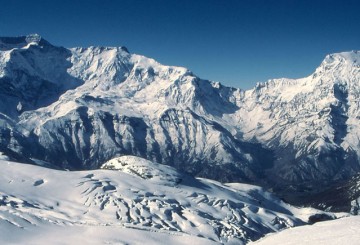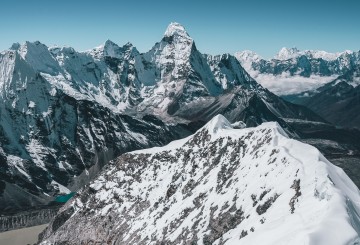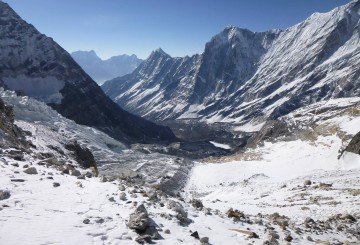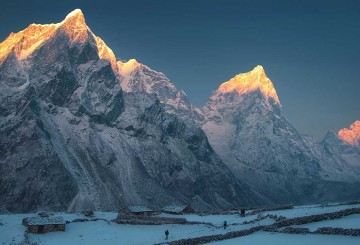Upon your arrival, our representative from Himalayan Sherpa Adventure awaits you at the airport. We will then proceed towards your hotel and brief you about Nepal and your trek. In the evening, we take you to a traditional Nepali restaurant for dinner where we will give you more information about the tour, your city sightseeing and also answer any questions you may have. Overnight in Hotel Mulberry. (B, D)

Mera Peak at 6450m is the highest trekking peak in Nepal and it’s also one of the most fascinating peaks globally. Despite it’s high elevation, Mera is considered an outstanding mountain for beginning climbers because it does not require an advanced level of technical climbing. High altitude and stamina will be the major challenging factors while attempting to summit Mera Peak. All along the route, this trek offers magnificent views of the famed Everest region and the famous Sherpa people settlements. At the summit of the peak, you are offered an astonishing Himalayan Vista of five 8000m peaks which includes Everest, Lhotse, Baruntse, Cho You and Makalu.
Mera Peak at 6450m is the highest trekking peak in Nepal and it’s also one of the most fascinating peaks globally.
Like all our treks in Everest region, you’ll start your trek with a short flight from Kathmandu to Lukla. After assembling all our crew in Lukla, we will head south from here and head up the Hinku Valley and return via Zatra La Pass. This route, although longer, will help us acclimatize properly for our challenge ahead. Following the less frequently travelled trail, rather than the Everest base camp route, we will pass through several Sherpa villages and cross a spectacular pass into Hinku Valley. The early days of this route will be quiet as you will be traveling through heavy terrace farming. This route also surrounds us with amazing views of Mera Peak and other high peaks all along. From the base camp, we will make the summit push of Mera Peak late night/ early AM to ensure that we reach the top of Mera Peak right around early morning dawn. Early morning is considered the best time to view the magical mountains as it is less windy and also the weather is much clearer. Experiencing the view in this moment feels priceless. We later head back down to base camp and end the trek via the Zatra La Pass descending to Lukla.
Himalayan Sherpa Adventure has always focused on our clients safety and you can find that in all our itineraries. They are carefully designed with steady ascent and to provide enough acclimatization days during the journey.
-
Day 1 Arrive in Kathmandu
-
Day 2 Flight from Kathmandu to Lukla, trek to Paiya
Our guide will check your equipment in the morning to see if everything is fine. We will then start our site seeing tour, heading to at least 3 major attractions in Kathmandu. Our sightseeing starts in the morning and should finish around 3 pm. Some major sightseeing places are Pashupatinath, Boudhanath, Swayambhunath, Kathmandu Durbar square etc. You will have the rest of the day free and also a chance to do any last minute shopping before your trek. Overnight in Hotel Mulberry. (B)
-
Day 3 From Paiya to Panggom
We pick you from your hotel early morning and head towards the Kathmandu domestic airport. You will have a short flight of 30 mins from Kathmandu to Lukla. The rest of your crew including the assistant guide and porter awaits you at the Lukla airport. Upon reaching Lukla, we have introductions with the rest of the team and have tea/ coffee while watching the amazing landings and take-offs at the Lukla airport. We start our trail first by heading south descending to Surke to cross the river, then a steep rise to Chutok La. The rest of the way to Paiya is flat but undulating terrain and a good end to our first day of trekking. Overnight in Paiya. (B, D)
-
Day 4 From Panggom to Ningso
After breakfast we descend down until we come across a wooden bridge. After the bridge, we climb a steep uphill to cross the Kari La. Today we walk through rhododendron and bamboo forests on a narrow mountain trail while admiring the view of Dudhkoshi Valley. We continue with a flat trail to Panggom Village, whose settlers are known for farming and trading. Overnight in Panggom. (B, D)
-
Day 5 From Ningso to Bamboo Camp
After breakfast, we head towards Ningso as we make our ascent of Nankung La. From this pass, we get a superb view of Mera Peak. We cross Ningso Khola before reaching the Ningso village. Overnight in Ningso. (B, D)
-
Day 6 From Bamboo Camp to Khote
We start with a steep climb up to an elevation of 3280 meters from where we get amazing Himalayan views and continue the climb until we reach the top to make a descent until we arrive at the lunch spot. We will be carrying a packed lunch for today. After lunch, we head towards the Bamboo Forest where we will spend the night. Overnight in Bamboo Forest. (B, D)
-
Day 7 From Khote to Thagnak
Our trek today leads us through the dense forest of rhododendron, pine and juniper trees. We will also have amazing views of Mera Peak and surrounding high peaks. Later we will descend to the Hinku River and from here take the trail that leads to the village of Khote. Overnight in Khote. (B, D)
-
Day 8 Acclimatisation Day at Thagnak
We continue our trek from the west bank of the river to Thagnak. We get to witness splendid views of Kusum Khanguru Peak, Mera La and other surrounding peaks. We will also come across Lungsumgba Gompa (Monastery) which was built approximately 200 years ago. After reaching Thagnak, we can stroll around this unique village and explore its small stores around. Overnight in Thagnak. (B, D)
-
Day 9 From Thagnak to Khare
We will use today to acclimatize our body, so we will hike up around the surrounding village while enjoying breathtaking views of the Himalayas, especially Peak 43. After spending several hours in the high altitude, we will descend down to Thagnak. Later in the day, we can explore the village more. Overnight in Thangnak. (B, D)
-
Day 10 From Khare to Mera La
We begin todays trek with excellent valley views of the north of the Hinku Nup and Shar glaciers. The trail further descends slightly and crosses Dig Kharka before reaching Khare. Later, you can practice using ropes and crampons on the glacier with our guide. Our climbing guide will train you with all the necessary equipment and teach you techniques that will be important for the climb ahead. Overnight in Khare. (B, D)
-
Day 11 Contingency Day
Today is set aside for high altitude acclimatization and training for the use of climbing gears such as ice axe, crampons, ropes, ascenders etc. Our climbing leader will make you familiar with all these equipments and train you with valuable techniques that will help us prepare for Mera Peak. The training will also include on how to use the ropes which is important while ascending and descending. Overnight in Khare. (B, D)
-
Day 12 From Mera La to Mera High Camp
Our trail first begins towards Mera Peak Base Camp and then gradually ascend over the Mere Glacier. From here our trek continues through the well defined ridge, snow slope, and the steep and technical trail to High Camp. Fixed ropes will be used and our climbing guide will assist you along the way where necessary. Once in High Camp, our camping crew will have set up camps for us and welcome us with tea/ coffee and snacks. From here, we can enjoy breath taking views of Everest, Baruntse, Makalu and also Kanchenjunga. Overnight in High camp. (B, L D)
-
Day 13 Ascent of Mera Peak, descend to Khare
Summit day! Like all our expeditions, we start very early by 1 am with the goal to reach the summit in the morning hours and to get the best views of the Himalayas. Strong winds is a big factor and can be detrimental in any expedition, hence the early start. Another good reason to start early is to witness the beautiful sunrise over the Himalayas. In this priceless moment, all our efforts will have been well worth it. We get equipped with all our gear, have a heavy breakfast and take off on our long journey ahead. We begin to climb up a glacier and onto a ridge with the guidance of our climbing guide. The route is not so technical as we slowly climb up into the thin air. The slope steepens for a section behind the ridge and the summit comes back into view. At the final steep of the summit, we can use the fixed rope if deemed necessary. Our guide will be there to make that decision. From the summit, we are rewarded with magnificent views of Himalayas including Everest, Cho You, Lhotse, Makalu, Kanchejunga and many other peaks. After enjoying our time in the summit, we first return back to high camp and then eventually return back to Khare for the night. Overnight in Khare. (B, L, D)
-
Day 14 From Khare to Khote
Today we start heading back on familiar routes from Khare to Kothe via Thagnak. Our trail will mostly follow downhill and enter into dense forests of rhododendron, oak and pine trees. Overnight in Khote. (B, D)
-
Day 15 From Khote to Chetarwa
After breakfast, we continue through a new route to Chetarwa. This new route is faster and also permits great views of Mera Peak and other surrounding peaks. Overnight in Chetarwa. (B, D)
-
Day 16 Descend from Chetarwa La to Lukla, via the Zatrwa La Pass
Our last day of trekking begins from crossing Zatrawa La Pass and from the top of the pass, our descent to Lukla starts. We will celebrate our last night of the trek in Lukla by having dinner together with our crew for a successful summit of Mera Peak. Our team, including porters, assistant guide and guide will join you for dinner and bid farewell. By now, you will have also notice that all our teams are not only professionals in what they do, but they are also great entertainers! We will celebrate our last night by dancing to some Nepali tunes. Overnight in Hikers Inn Lodge. (B, D)
-
Day 17 Flight from Lukla to Kathmandu
We have a morning flight to catch and our team will help you till the airport. Himalayan Sherpa Adventure representative will be waiting for you in Kathmandu’s domestic airport. We will bring you back to your hotel and you will have the rest of the day free. Overnight in Hotel Mulberry. (B)
-
Day 18 Free day in Kathmandu
Free day today for sightseeing and shopping around Kathmandu. (B)
-
Day 19 Final departure back home
We bid final farewell and drop you to the airport for your departure. (B)
What's Included ?
- All airport and hotel transfers
- 3 nights of hotel stay in Kathmandu on Bed & Breakfast basis
- Professionally trained and experienced tour guide and assistant guides
- Welcome/or Farewell Dinner
- Transportation in our private company vehicle
- Entrance permit and fees for all the Heritage sites
- Trekking permits and Peak permits
- All government and local taxes
What's Excluded ?
- Lunch and Dinner in Kathmandu
- Tips for guides and drivers
- Personal expenses
- Personal Insurance– travel and rescue insurance
- Airfare for international flights to and from Kathmandu
- Rescue services
- Nepalese visa fee
- Services not mentioned in the “Included” section
-
1. What is the best time to visit the Everest region?
- The most popular months for trekking in the Everest region are March, April, May and September, October, November, as these months are when the conditions are at their best. The spring and autumn tend to offer reasonable temperatures, clear skies, little to no rain and less chance of problematic snowfall. The average temperature around this time can range from a high around 20 degree Celsius during the day to -15 degree Celsius at night. - December, January and February have colder temperatures and are less frequently travelled, but this should not deter you from making your trip to the Everest region during these months. The weather is very clear allowing you to see all the majestic mountains and most of the lodges and tea houses are open during this time. Best of all, you don’t have to deal with crowds and will have all the views to yourself!
-
2. How do you get to the Everest region?
- The most popular way to travel the Everest region is by a short 30 minutes flight from Kathmandu to Lukla. Lukla is the starting point for all treks in this region.- There is an alternative way to reach the Everest region by driving from Kathmandu 12 hours to the village of Solu and walking for 2 additional days to reach Lukla.
-
3. What is the luggage weight limit on flights to the Everest region? Do we need to use duffle bags instead of regular luggage (with frame and roller)?
- The luggage weight limit on Everest flights are 15 kgs luggage and 5 kgs of hand carry (personal backpack). Before you start your trek, any unwanted luggages can be left in your hotel in Kathmandu. They will happily store it for you as you will be using the same hotel once your trek ends. - Yes, Duffle bags are better while in the trek because it can store more luggages and helps our porter to manage his load better.
-
4. Where will we be staying during our trek and what to expect from the accommodations? What kind of meals should I expect during the trek?
- We use only the best available accommodations during our treks which can include hotels, lodges and tea houses. Through our decades of experience, we have selected these places for their hygiene, amenities and client satisfaction. - During your trek the food choices might be more limited but you can always expect to find staples such as Dal Bhat, driving from Kathmandu 12 hours to the village of Solu and walking for 2 additional days to reach Lukla. 3. What is the luggage weight limit on flights to the Everest region? Do we need to use duffle bags instead of regular luggage (with frame and roller)? - The luggage weight limit on Everest flights are 15 kgs luggage and 5 kgs of hand carry (personal backpack). Before you start your trek, any unwanted luggages can be left in your hotel in Kathmandu. They will happily store it for you as you will be using the same hotel once your trek ends. - Yes, Duffle bags are better while in the trek because it can store more luggages and helps our porter to manage his load better. 4. Where will we be staying during our trek and what to expect from the accommodations? What kind of meals should I expect during the trek? - We use only the best available accommodations during our treks which can include hotels, lodges and tea houses. Through our decades of experience, we have selected these places for their hygiene, amenities and client satisfaction. - During your trek the food choices might be more limited but you can always expect to find staples such as Dal Bhat, Noodles/ Chowmein, Fried rice, Sandwiches, Soups and French Fries. You can also find some vegetarian options as well. Another common popular Nepali dish is Momo (dumpling) which is very popular among the locals. Make sure to try one when you can.
-
5. Do we need to bring towel, toilet paper? Does all the hotels/ lodges on the route provide bathroom, hot shower and toiletries?
- Not all hotels/ lodges provide the above following. We recommend all our clients to bring their own toiletries. Some hotels will provide attached bathroom with hot shower in your room while others will just provide a common bathroom. - The Everest region is still a remote area with no proper road access. Hence, most of the goods and supplies in this region have to be flown via air. This makes it very difficult and expensive to provide all the facilities. Some of the lodges in the lower Everest region will provide most of the facilities but you need to understand that the higher you trek, the lesser facilities will be available.
-
Do we need to bring a sleeping bag and how warm will the room be?
- Up until Namche, you will not be needing a sleeping bag. You will only need a sleeping bag in the higher elevation like around Everest base camp. Some lodges will give extra blankets but having your own sleeping bag is better. Your porter will put your sleeping bags in the duffle bags that he carries. If you don’t have a sleeping bag, you can always buy one in Kathmandu or rent through our company.
-
7. If we bring water bottle, where can we refill clean drinkable water?
- Unfortunately, the Everest region does not have a system of refilling clean drinkable water. The only way to do so is to purchase a bottle mineral water and then to pour it onto your water bottle. Purchasing mineral water is very easy in the Everest region but please know that the higher you go, so will the price of water. Also, please remember to recycle the plastic bottle or to give it to your guide or the lodge who will recycle it. It is not advisable to drink tap water. Please only use mineral bottle water or boiling water.
-
8. What about Laundry services and ATM’s along the trek route? Do they accept US dollar during the trek?
- Laundry machines are very rare in the mountains so please check with your guide for this services. Trekkers usually will not have big laundry during the trek and the little items such as socks and towels can be hand washed and later dried in the sun or by the fire. Most trekkers will only do their laundry once they are back in the capital Kathmandu where you can find plenty of Laundry services. 7. If we bring water bottle, where can we refill clean drinkable water? - Unfortunately, the Everest region does not have a system of refilling clean drinkable water. The only way to do so is to purchase a bottle mineral water and then to pour it onto your water bottle. Purchasing mineral water is very easy in the Everest region but please know that the higher you go, so will the price of water. Also, please remember to recycle the plastic bottle or to give it to your guide or the lodge who will recycle it. It is not advisable to drink tap water. Please only use mineral bottle water or boiling water. 8. What about Laundry services and ATM’s along the trek route? Do they accept US dollar during the trek? - Laundry machines are very rare in the mountains so please check with your guide for this services. Trekkers usually will not have big laundry during the trek and the little items such as socks and towels can be hand washed and later dried in the sun or by the fire. Most trekkers will only do their laundry once they are back in the capital Kathmandu where you can find plenty of Laundry services. - ATM’s are also available but only in certain places. So we urge you to use the ATM’s in Kathmandu where there are plenty and also their service fee will be comparatively less than in the mountains. - Yes they accept US dollar in the mountains but you will get a better deal if you exchange it in Kathmandu in the money exchange shops.
-
9. Is Internet/ Phone available up in the mountains? How do I charge my electronics?
- Internet is available but you will need to purchase it from the lodges. If you have bought a Nepali sim card then depending on the subscription, you can also get mobile data services but this is not a guarantee in all areas of the mountain. If your trek is above 4,000 meters high, we will send a company satellite phone along with the guide just in case of an emergency. - We recommend that our clients bring a power bank with them as electricity is limited especially at higher altitudes. We also found out through some of our clients that the solar powered power bank works well during the trek. So we recommend to have both or at least a power bank. Some lodges will provide free electricity for you to charge your power bank and in higher altitudes you may have to pay to charge your electronics. urge you to use the ATM’s in Kathmandu where there are plenty and also their service fee will be comparatively less than in the mountains. - Yes they accept US dollar in the mountains but you will get a better deal if you exchange it in Kathmandu in the money exchange shops. 9. Is Internet/ Phone available up in the mountains? How do I charge my electronics? - Internet is available but you will need to purchase it from the lodges. If you have bought a Nepali sim card then depending on the subscription, you can also get mobile data services but this is not a guarantee in all areas of the mountain. If your trek is above 4,000 meters high, we will send a company satellite phone along with the guide just in case of an emergency. - We recommend that our clients bring a power bank with them as electricity is limited especially at higher altitudes. We also found out through some of our clients that the solar powered power bank works well during the trek. So we recommend to have both or at least a power bank. Some lodges will provide free electricity for you to charge your power bank and in higher altitudes you may have to pay to charge your electronics. - Tip: Batteries will lose their charge fast in colder temperatures. So we recommend tucking your electronics in your blanket/ sleeping bag or you might find your phone/ camera dead in the morning.
-
10. How common is Altitude Sickness? What to do if I get one?
- While trekking in the Himalayas, there is always a chance of dealing with Altitude sickness, but there are many things that you can do to minimize the risks. Our itinerary programs are carefully designed to ascend slowly and to provide proper acclimatization activities. Our experienced guides will remind you to stay hydrated and also look out for any early signs of distress. - Our guides receive training every year on Altitude sickness. If they think that you are showing symptoms of Altitude sickness, they might perform some simple diagnostic tests such as checking your oxygen level or asking you to walk in a straight line. The most effective treatment for altitude sickness is to descend to a lower elevation. However, in severe cases or certain conditions where descending is not possible our guides will coordinate an air evacuation as soon as possible. - Note: All of our guides are trained to administer oxygen. Every trek that goes above 4,000 meters will be equipped with an oxygen cylinder and a satellite phone incase of an emergency.
-
11. Do we need to carry travel insurance?
- Yes, travel insurance is mandatory while trekking with us. Please ensure that your insurance covers air evacuation service. While trekking to the Himalayas, there is a risk of dealing with an altitude sickness. In case of such emergencies, your air evacuation insurance will help you cover the cost or else the trekker will have to solely bear the costs. Our treks are organized in a very thoughtful manner so you will not have to face such adversities, but we always want our guests to travel in a peace of mind.
-
12. Do I need guide and porters for my trek?
- Yes, having a trekking guide and porter is necessary part of your journey. We have our team of guides and porters who work with us every season. Guides and Porters are an integral part of what we do so they are a vital team member. All of our guides are trained every year on leadership skills and basic first aid skills. Our porters are treated fair by limiting the weight they carry and paying well for the job they do. Trekking in high altitude requires good support team and it is very important to have trekking guide and porter along with you. We treat our porters fairly by only allowing 24 kgs of maximum load and limit per trekker a maximum of 12 kgs (26 lbs) to be carried. 1 porter can carry the load of 2 clients.
-
13. Do I have to tip my guide/ porter?
- Tipping culture is not mandatory but highly appreciated. Please keep in mind that our guides/porters will not ask you for anything– including tips. However, if you think that they have performed well while doing their job, and earn your appreciation or a "thank you", you may by all means tip them any amount you find reasonable. Typical guidelines on tipping the guides are $5 - $10 per day and for porters $3 - $5 per day. Most clients often leave tips in the last night of their trek.
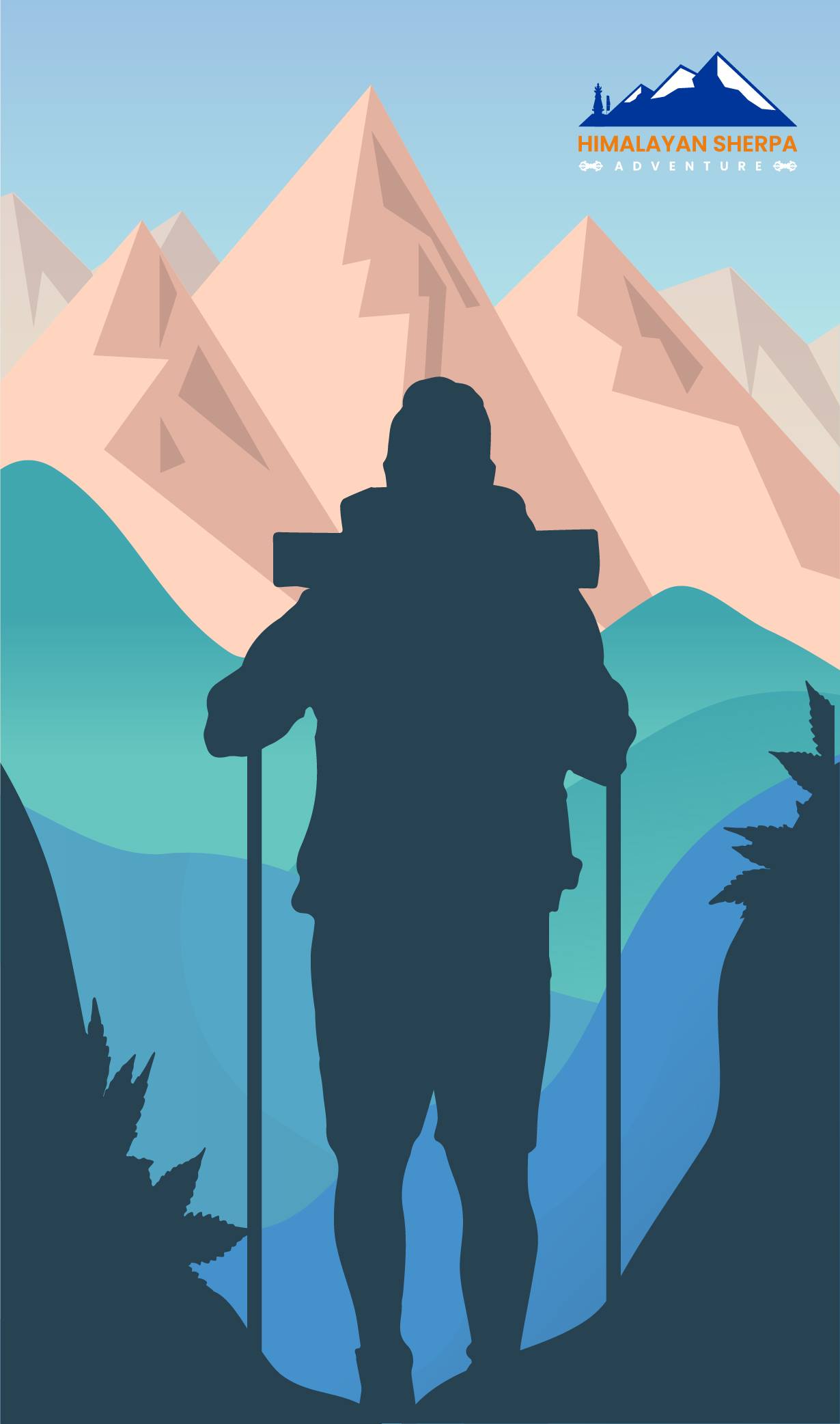
-
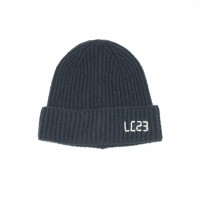
hats/beanie
-
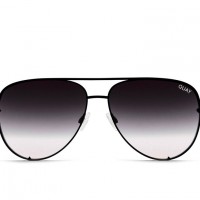
Sunglasses
-
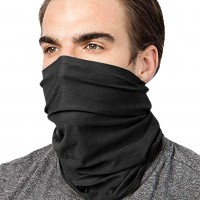
Scarf/Buff.
-

Candies/sweets
-
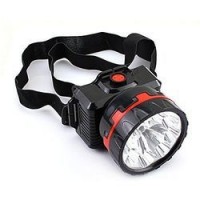
Headlights.
-
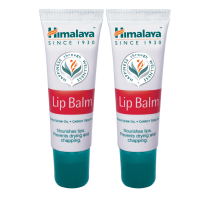
Lip balm
-
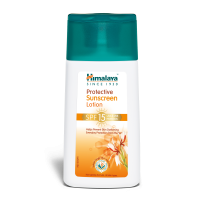
Sunscreen
-
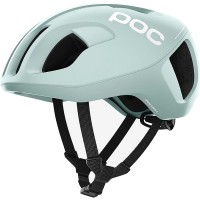
Helmet.
-
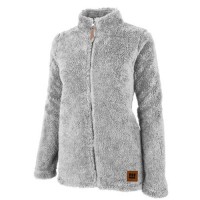
A warm fleece
-
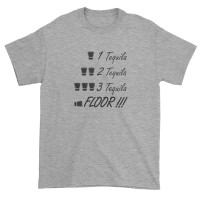
fewT shirts/ long and short sleeve shirts.
-

Daun Jacket
-
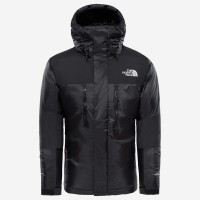
Windstopper jacket
-
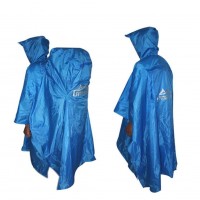
ponchos/Raincoat
-
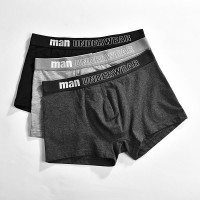
A few pieces innerwear.
-
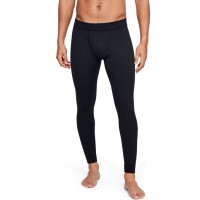
few pairs ski underwear
-
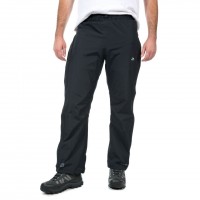
windproof trouser
-
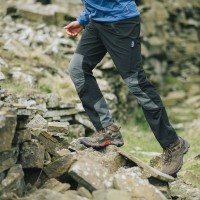
trekking trouser / Hiking Trouser /leggins
-
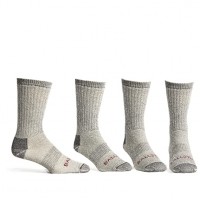
pairs of Trekking Socks
-
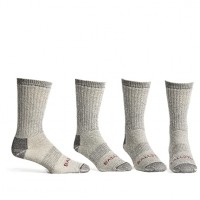
pairs woolen socks.
-

Slipper & Sandals
-
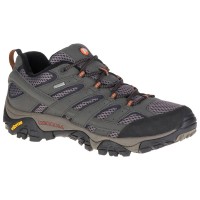
trekking shoes
-
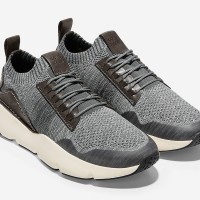
one comfortable shoes
-
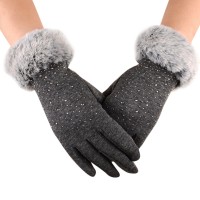
thin gloves & think gloves
-

backpack / Rucksack (waterproof)
-
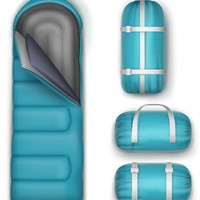
Sleeping bag -10* C
-

Duffel bag
-
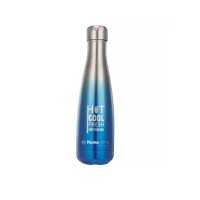
Water bottle
-
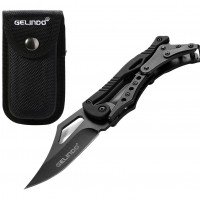
Pocket knife
-
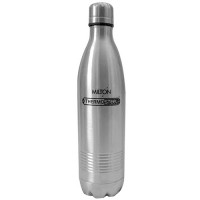
thermos
-
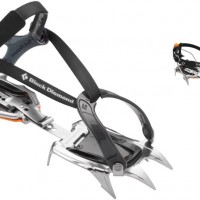
Crampons.
-

Ice Axe.
-
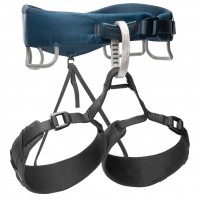
Climbing harness.
-
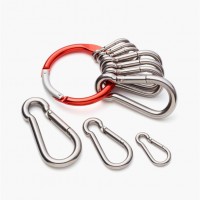
carabiner.
-

Figure Eight.
-

A few pairs prusiks.
-
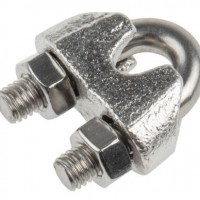
Rope clamp.
-
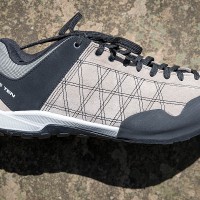
Robust shoes for climbing.
-
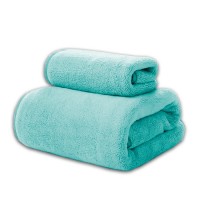
Towel & hand towel
-
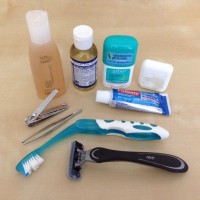
Toiletries
-

Trekking poles

You May Also Like


